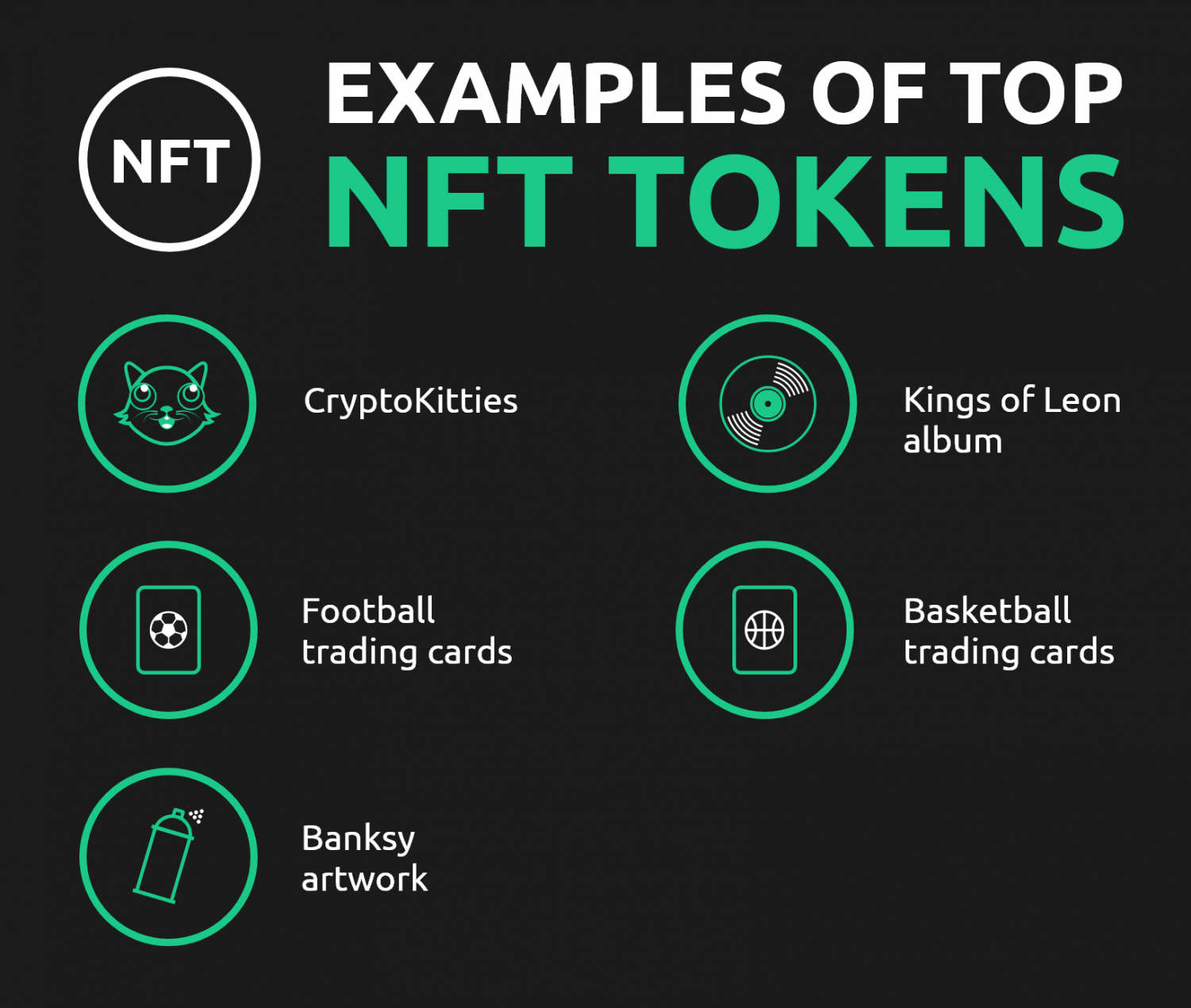What Is A Non Fungible Token Nft And How Is It Used
Imagine owning a one-of-a-kind piece of digital art that can’t be replicated or replaced. Something that holds a special value, not just because of its aesthetic appeal, but also because of its rarity and uniqueness. This is what Non-Fungible Tokens (NFTs) bring to the table.

- Unlocking The Power Of Flash Loans In DeFi: A Game-Changer For Crypto Investors
- A New Era Of Lending In Decentralized Finance Understanding Flash Loans
- Unlocking The Power Of Crypto Savings Accounts: A Step-by-Step Guide To Earning More
- Unlocking The Secrets Of Yield Farming In DeFi: A Journey To Maximizing Profits
- The Role Of Tokenomics In Cryptocurrency Value Creation
In simple terms, an NFT is a digital asset that represents ownership of a unique item, such as a piece of art, music, video, or even a collectible. It’s like owning a rare, limited-edition sneaker or a signed print by your favorite artist, but instead of being physical, it exists solely in the digital realm.
So, what makes NFTs so special? For starters, they’re built on blockchain technology, which ensures that the ownership and provenance of the digital asset are transparent and tamper-proof. This means that the creator of the NFT can prove that they’re the original owner, and that the asset has been transferred to the new owner in a secure and decentralized way.
NFTs are also non-fungible, which means that they can’t be exchanged for another identical asset. In other words, each NFT is one-of-a-kind, with its own unique characteristics, properties, and value. This is in contrast to other digital assets, such as cryptocurrencies, which are fungible, meaning that they can be exchanged for another identical unit.
Now, you might be wondering how NFTs are used. Well, the possibilities are endless. Artists are using NFTs to create and sell unique digital art pieces, which can range from interactive installations to rare collectibles. Musicians are using NFTs to release exclusive content, such as remixes or behind-the-scenes footage. Even collectors are using NFTs to buy, sell, and trade unique digital assets, such as rare in-game items or limited-edition digital collectibles.
One of the most exciting use cases for NFTs is in the world of gaming. Imagine being able to own a unique digital character or item that can be used across different games and platforms. This is what NFTs can offer, and it’s opening up new revenue streams for game developers and players alike.
Another use case is in the world of intellectual property (IP). NFTs can be used to represent ownership of unique IP assets, such as patents, trademarks, or copyrights. This can make it easier for creators to prove ownership and transfer rights to their work.
Of course, like any new technology, NFTs also come with their own set of challenges and limitations. For example, the environmental impact of creating and storing NFTs on blockchain platforms is still a topic of debate. Additionally, the market for NFTs is still relatively small and niche, which can make it difficult for creators to find buyers and for buyers to find sellers.
Despite these challenges, the potential of NFTs is undeniable. They offer a new way for creators to monetize their digital assets, for collectors to own unique pieces of digital art, and for gamers to experience new levels of ownership and customization. As the technology continues to evolve, we can expect to see new and innovative use cases for NFTs that will change the way we think about ownership, provenance, and value in the digital world.
In conclusion, NFTs are a game-changer for the digital world. They offer a unique way for creators to own and monetize their digital assets, and for collectors to own rare and unique pieces of digital art. Whether you’re an artist, musician, game developer, or collector, NFTs are definitely worth checking out.
